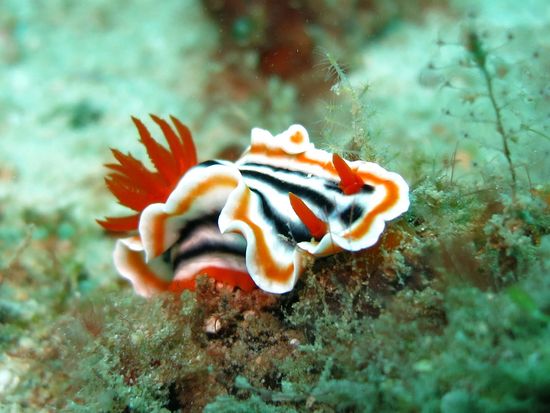For a long time, I thought that my scientific beliefs were incompatible with any kind of religion. Raised as an atheist with a passion for science, I was certain that if something could not be seen down the end of a microscope, it did not exist. I studied biology at university, where we were taught unequivocally that natural life originated through a series of chance chemical reactions. I felt very sure of my scientific answers to the larger questions of life. I was content with the knowledge that my life was, ultimately, without purpose and that, as humans, we were all merely complex chemical reactions that had somehow become aware of ourselves.
Becoming a Christian was an incredibly long and slow process for me. I was stubborn and giving up these seemingly “unequivocal” truths challenged me deeply. It felt like I was being forced to re-learn many of the things that made me, me. I had clung to the identity of the “rational scientist” for so long that I wasn’t sure what I looked like outside of it.
I looked to other scientists that had faith to try and figure out what this new version of myself might look like. The Language of God by Francis Collins was one book that helped me greatly. It helped me to see nature’s intricacy, not as a stroke of luck in a game of random probability, but as something purposeful. It made me wonder why I had held my beliefs so unquestioningly for so long. Did I actually believe that the inconceivably vast number of species on earth had come about by luck? Why couldn’t it be the case that this game of chance was actually not a game at all?
For Francis Collins it was the human genome that was too complex, too complicated and too beautiful to be explained by pure coincidence. For me, it was nudibranchs.
You may have heard of them (in which case we are already friends) or you may be wondering what on earth a nudibranch (pronounced new-de-brank) is. I typically describe them as “psychedelic sea slugs”. You might be able to see why from the picture below.

We have discovered an estimated 3,000 species of nudibranch and they are famous for their flamboyant shapes and crazy colours. And, as I hope you can see, they really are beautiful. The scientific explanation for why they look this way is a rather complex-sounding term – aposematism. This is when very nasty-tasting or poisonous animals are very brightly or distinctively coloured so that a predator remembers how horrible they tasted and so does not make the same mistake twice. They essentially hide in plain sight.
However, for me, the scientific answer did not feel like enough. Ladybirds, for example, do the same thing. Their red bodies and black spots stand out strongly against a leaf, to advertise their bad taste to potential predators. But these nudibranchs are not simply spotty, they are all tiny works of art. From this standpoint, I started to see the complexity of the natural world in a slightly different light. I still firmly believe in the evolution of species, but I also see the hand of God.
But seeing God in the world is only the beginning. Recognising someone in a busy room is not the same as knowing who they are and loving them. To come into a relationship with God it is not enough to just appreciate His work, we have to come to Him through His Son, Jesus. It is only through Jesus, and his sacrifice, that we now can enter into a relationship with the Father. Now, when I look at the beauty of the natural world, not only do I see the hand of the One who made it, but I get the privilege of knowing and loving its Creator.
